Description
This lesson plan is for middle and high school students to practice thin-layer chromatography. It starts off with food dyes, but the techniques can be expanded upon with a variety of substances.
The first pages of the lesson plan are the teachers guide. This includes the step-by-step procedure on how to do thin-layer chromatography along with the teacher’s notes. Also included are discussion questions, trouble shooting tips, and guidance to help students understand what they are looking at.
The student pages have the step-by-step procedures, space to record data, and questions to consider for discussion.
Both students and teachers are asked to do a post lab debrief to talk about how things can be altered, changed, and utilised to discover different ways to use this technique.
The goal of this thin-layer chromatography lesson plan is to guide the class into understanding and having fun with this versatile chemistry analytical method. However, once the students start experimenting with it, it can be expanded by testing different solvents. For examples, the lab calls for isopropyl alcohol, but what if you used ethanol? What about pure water?
The thin-layer chromatography lesson plan can be expanded with extracting colours from flowers, separating ingredients in an aspirin tablet, or even looking for toxic substances in plants.
For classrooms that like to work longitudinally, this activity lends itself to studying the history of chemistry through thin-layer chromatography. This was an early analytical method that had developed over several decades. It also moves across different areas of studies in the process. This gives you the opportunity to talk about many fields of study.
Finally, if you want to see other methods of chromatography, you can visit this blog post and click through the series for ideas and potential lesson plans to add to your school binder. Thin-layer chromatography is just the start of your journey.
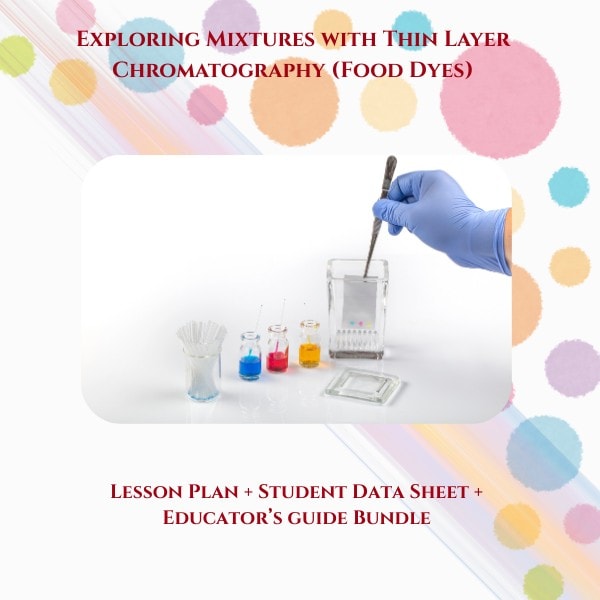
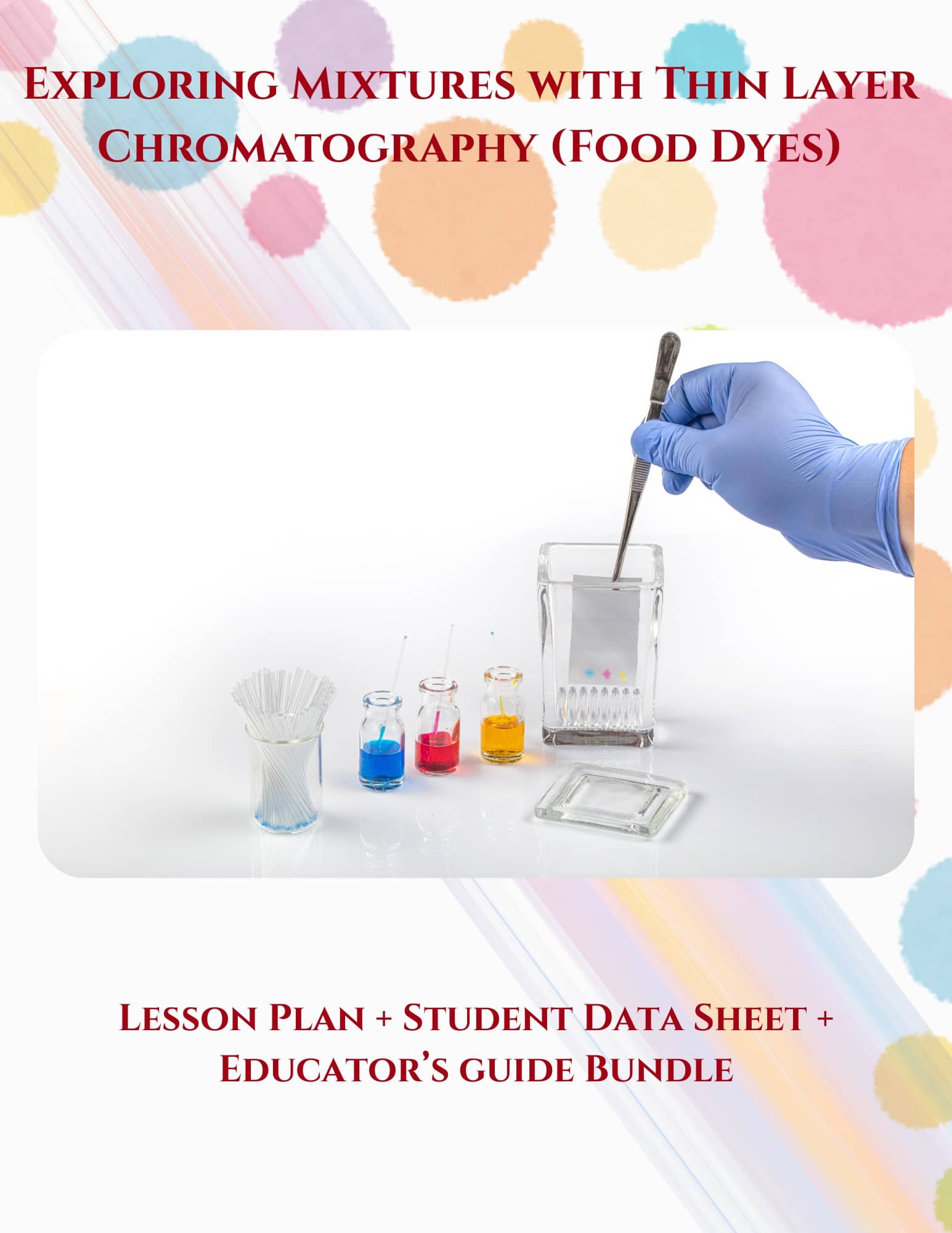









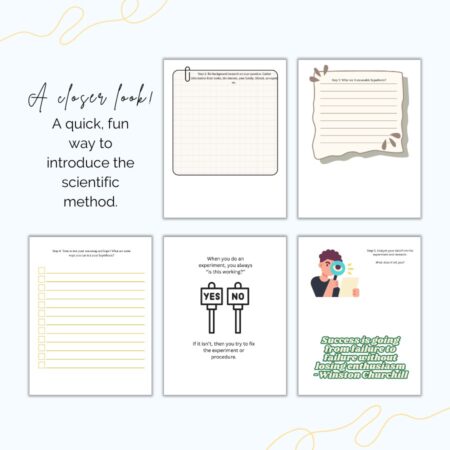
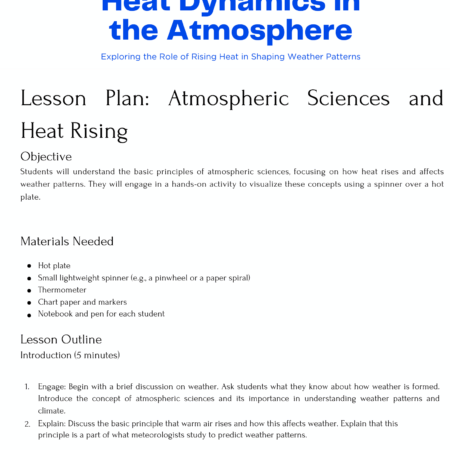
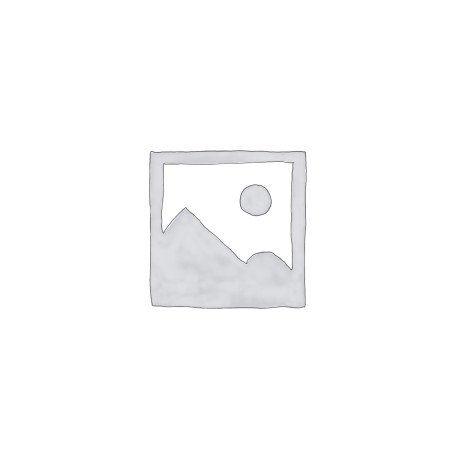
Reviews
There are no reviews yet.